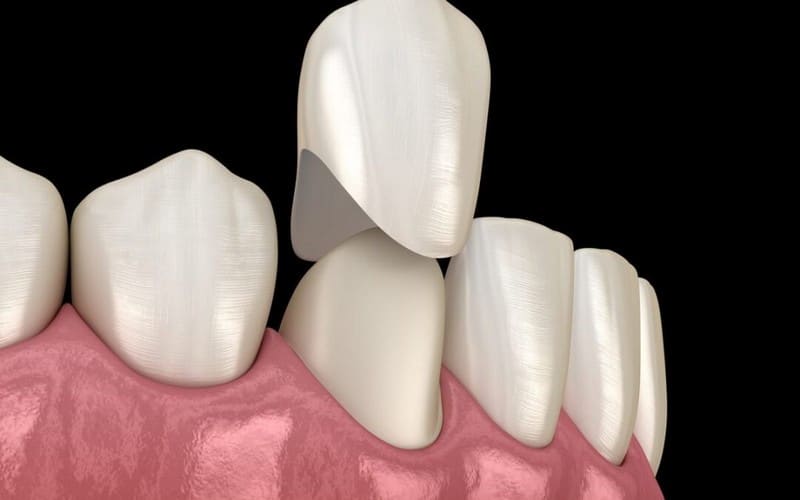Placement of a Crown

If the decay is not contained or eliminated in the enamel decay stage, it aggressively progresses to the next stage. In this stage, the patient may feel sensitivity and pain, mainly when drinking cold drinks or eating cold foods. This is because tooth decay reaches and damages the dentin, which is connected to the tooth’s nerve endings. And since dentin is softer than enamel, the cavities can destroy it faster and easier. So, experts may need to use a more advanced procedure, like the crown placement.
A crown is a cap or cover for a tooth suffering from cavities. It can be made of different materials, but the most widely used are porcelain, ceramic, resin, zirconia, and metal. Several factors should be considered when choosing the right type of crown. The dentist will discuss the position of the gum tissue, the tooth’s location and type, the surrounding teeth’ color, and the damaged tooth’s condition. Patients must openly discuss their preferences and budget with their dentist to devise a workable option.
Moreover, there are different types of crown placement procedures. Therefore, patients may choose a treatment depending on the abovementioned factors. Some options include a temporary crown, one-day crown, and on-lay or ¾ crown.










